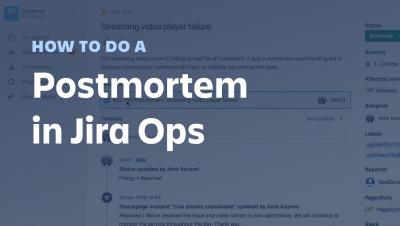How to Create a Changelog with Uptime.com
A changelog is a chronological list of important changes users can reference as an application or service expands. Logs explain what features are added, which are changed or adjusted and what those changes do. They sometimes provide explanation or instruction. Logs are useful for preparing your user base for scheduled downtime, and giving your most loyal users something to look forward to.











